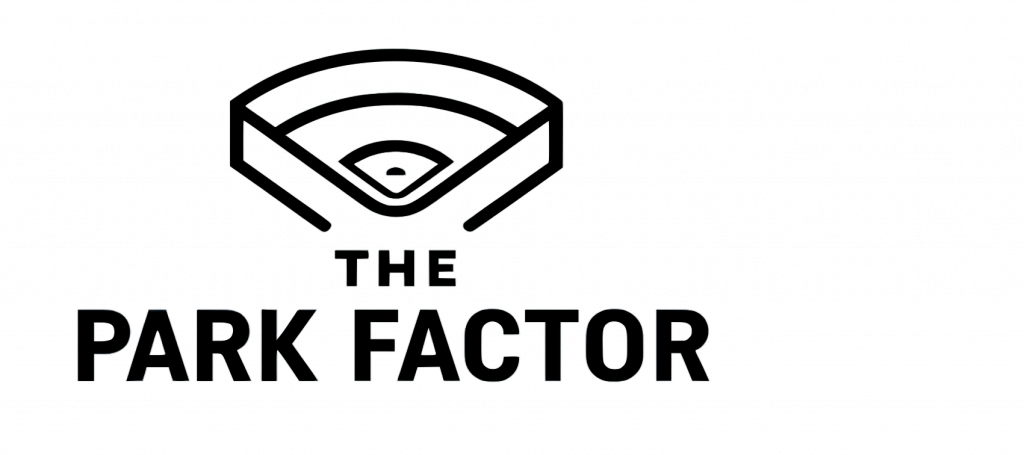Inspired by the Speedway Classic and MLB’s clear appetite for new markets, the league could take a curated barnstorming tour into five non‑MLB cities, staging nationally televised games that double as living feasibility studies. Modular ballparks, 10–15k seats, local culture on full display, and matchups chosen to pull in the nearest established fanbases. Here’s how it could look.
The Slate at a Glance
| Stop | City & Venue | Title | Matchup |
|---|---|---|---|
| 1 | New Orleans, LA – Fair Grounds Race Course | The Bayou Classic | Atlanta Braves vs. Houston Astros |
| 2 | Raleigh, NC – Dorothea Dix Park (Big Field) | The Dix Park Classic | Atlanta Braves vs. Washington Nationals |
| 3 | Austin, TX – Zilker Park | The Zilker Under the Lights | Houston Astros vs. Texas Rangers |
| 4 | Portland, OR – Providence Park | Rose City Revival | Seattle Mariners vs. San Francisco Giants |
| 5 | Salt Lake City, UT – Smith’s Ballpark | Wasatch Showdown | Colorado Rockies vs. Arizona Diamondbacks |
Why an “Expansion Tour” Now?
- Proof-of-market, live on national TV. Instead of studies and renderings, MLB gets real attendance, corporate interest, and TV ratings data from each candidate city.
- Portable, repeatable template. A “Speedway Classic–style” modular kit (walls, clay boxes, batter’s eye, broadcast lanes, clubhouse trailers) travels city to city.
- Culture-forward storytelling. Every stop becomes a 72-hour block party: local food, music, charity activations, youth clinics, and a community legacy (e.g., leaving behind turf/lighting for a youth field).
- Schedule-friendly. Five two-game sets sprinkled through shoulder periods (April, May, late August, early September) with built-in off days for the clubs involved.
1) New Orleans, LA — Fair Grounds Race Course (Infield)
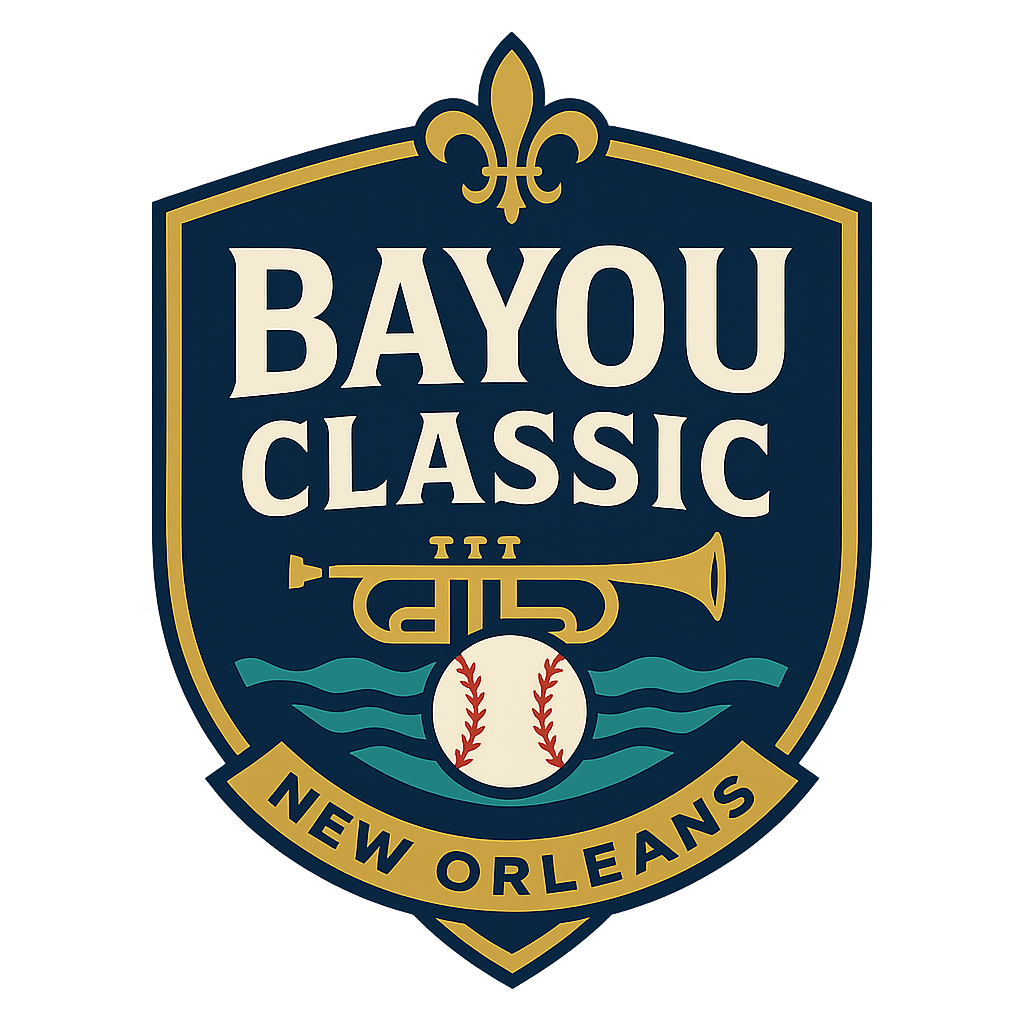
Matchup: Atlanta Braves vs. Houston Astros (closest established fanbases; massive TV draw across the Gulf/Southeast)
Why it’s a good location
A historic New Orleans venue with a ready-made infield large enough to swallow an MLB diamond, plus permanent grandstands to complement temporary seating. The cultural layer of brass bands, Creole/Cajun food, second-line parade energy screams “national spectacle.”
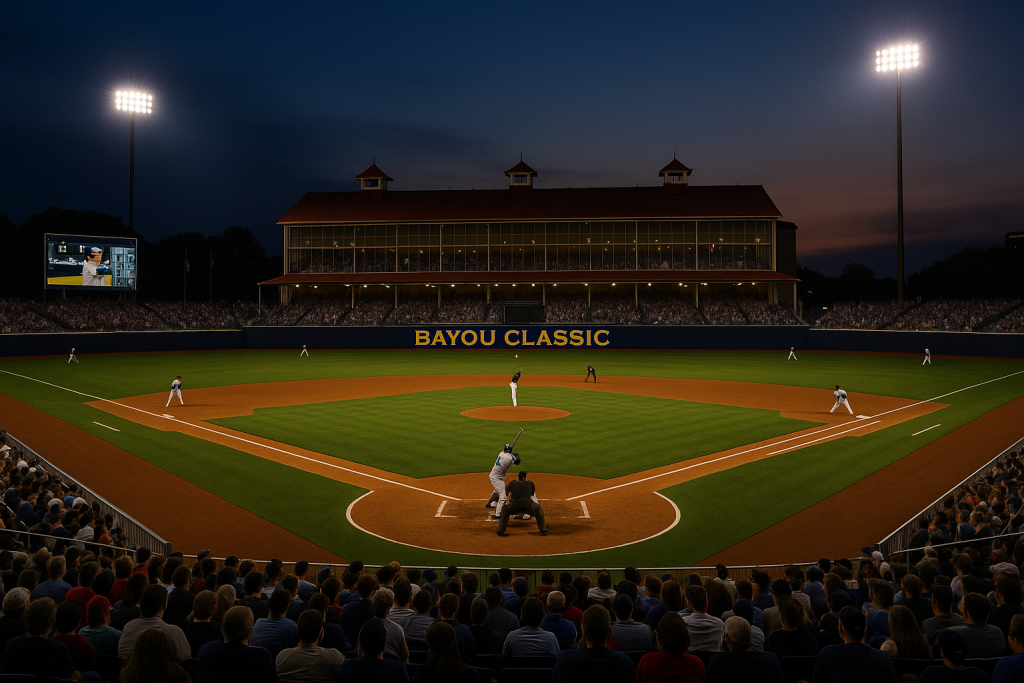
Why it’s feasible
The Fair Grounds already supports major televised events with ample compound space, power, and ingress/egress. You’re not battling fragile park lawns, you’re re-dressing an event machine.
Attendance plan
Use the permanent grandstand plus 5–8k temporary bleachers in the infield to hit the 10–15k sweet spot.
Impact on the city
A live, national-scale audition: can NOLA sustain top-tier baseball interest beyond the college/Triple-A level? Corporate sponsorships, tourism lift in a shoulder window, and a potential foundation for future stadium conversations.
Key hurdles & mitigation
- Racing calendar/weather: Aim for late April or October.
- Turf/track protection: Ground protection mats and track covers.
- Humidity/storm risk: Aggressive contingency planning (covered batting tunnels, quick-dry tech, backup date).
2) Raleigh, NC — Dorothea Dix Park (Big Field)
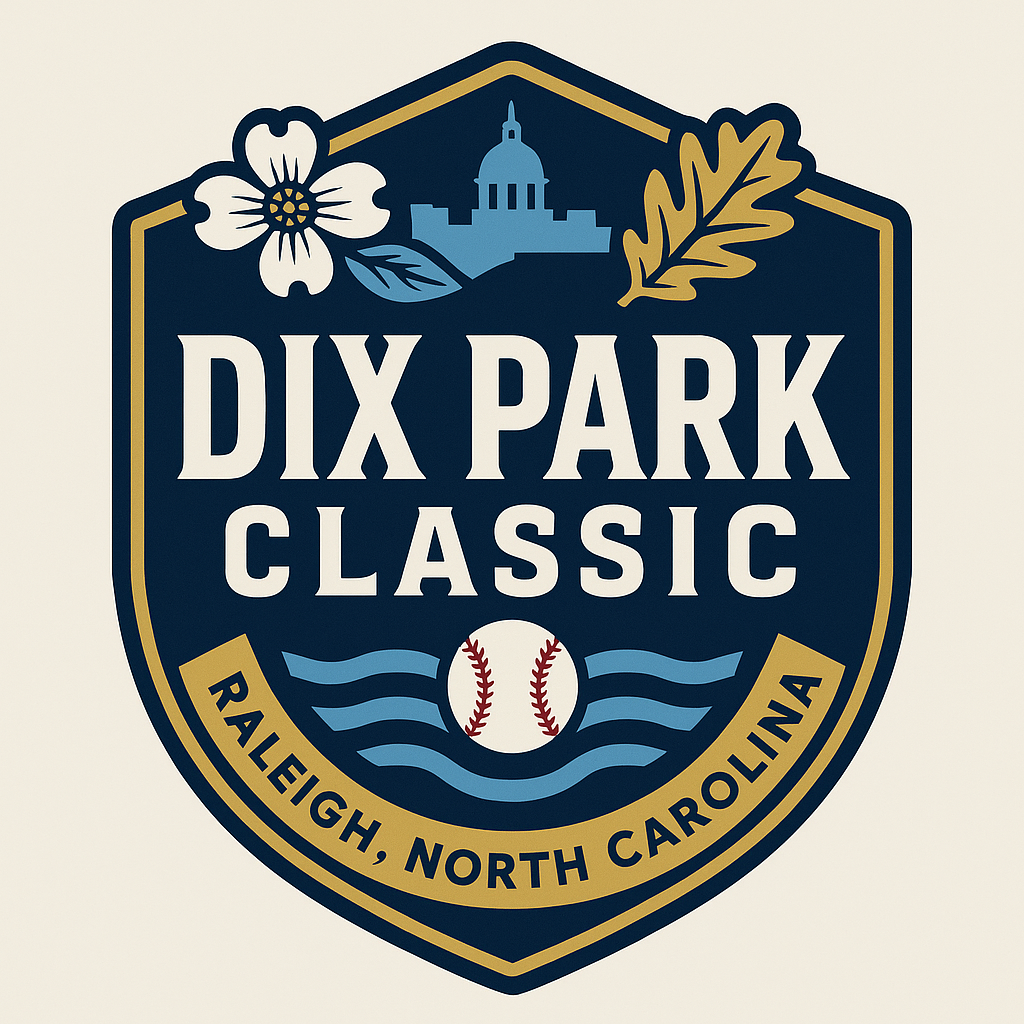
Matchup: Atlanta Braves vs. Washington Nationals (Raleigh sits between two large East Coast fanbases; both clubs recruit fans here already)
Why it’s a good location
Dix Park delivers the optics, skyline, sprawling lawns and the substance: a fast-growing metro with corporate heft (Tech + Research Triangle) that routinely appears on expansion shortlists.
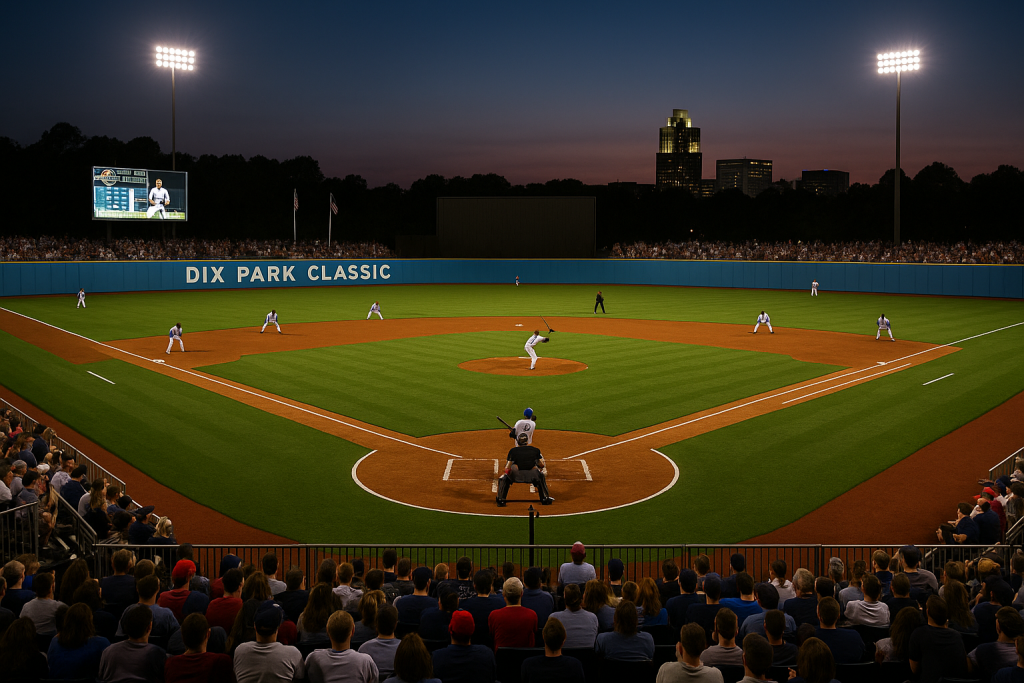
Why it’s feasible
300+ acres of event-friendly, mostly flat land. City and park leaders already court big civic activations; power, access, and staging space are manageable.
Attendance plan
10–15k via a horseshoe of modular bleachers plus GA berms, with vendor villages along established access roads.
Impact on the city
Puts Raleigh on the broadcast map as “the missing link” in the Southeast’s MLB footprint, energizes youth baseball, and gives lawmakers/construction partners a tangible vision of a future ballpark’s impact.
Key hurdles & mitigation
- Tree/root zone protection & neighborhood noise: Heavy-duty ground mats, tight curfew, and early-evening first pitch.
- Parking: Shuttle plans from downtown/PNC Arena/light-rail nodes.
3) Austin, TX — Zilker Park
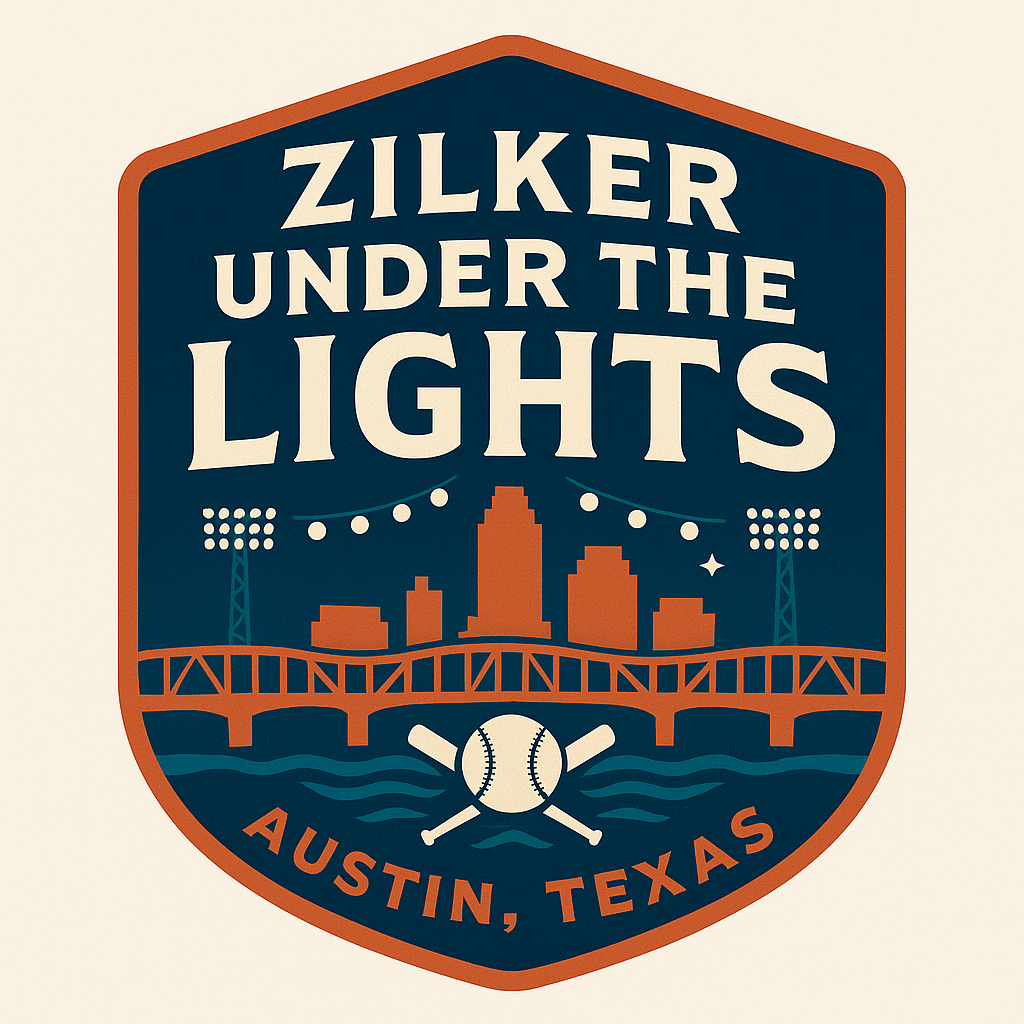
Matchup: Houston Astros vs. Texas Rangers (Lone Star rivalry, but on neutral ground in the state’s fastest-growing metro)
Why it’s a good location
It’s ACL’s home meaning Austin already knows how to house, power, and move six figures of people through Zilker. For a 15k baseball build, this is actually conservative. And culturally, MLB can tap directly into Austin’s live-music DNA.
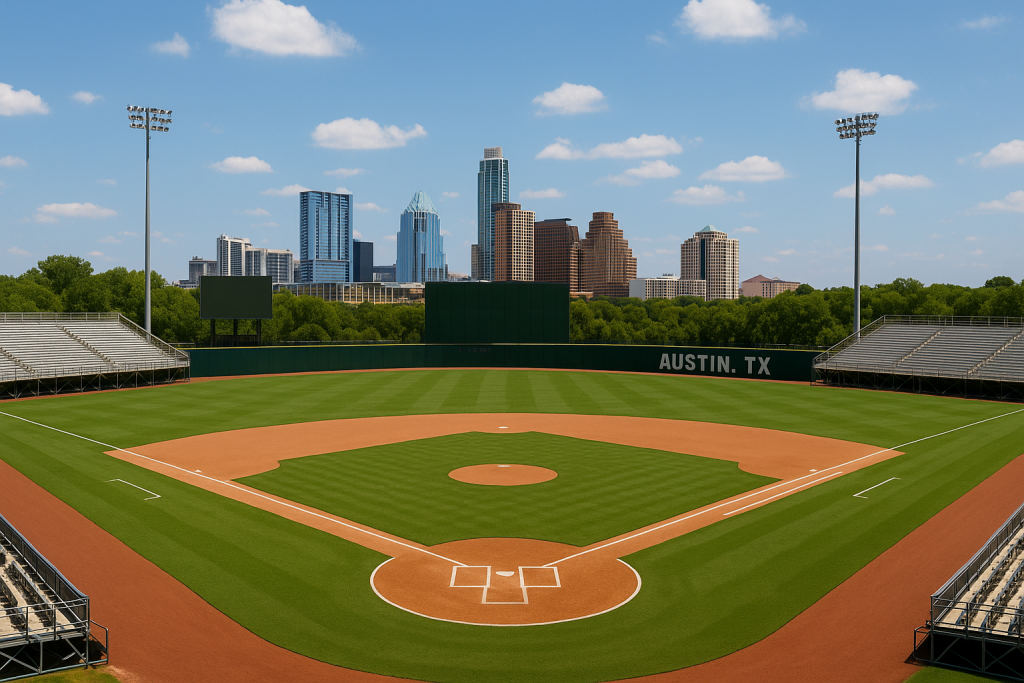
Why it’s feasible
Power, fiber, medical, security, and egress plans are already modeled at scale. Just overlay MLB’s standardized modular field kit.
Attendance plan
Cap at 15k with modular bleachers and VIP scaffold decks facing the skyline; lawn GA zones provide the festival feel.
Impact on the city
Tests Austin’s appetite for a third Texas MLB team (or a split-market strategy), shows corporate and tech partners what a franchise could look like, and turns baseball into a music-tech entertainment hybrid.
Key hurdles & mitigation
- Heat & turf protection: Dusk first pitch, synthetic turf overlay, hydration/misting zones.
- Calendar congestion: Book well outside ACL windows with a pre-negotiated turf remediation plan.
4) Portland, OR — Providence Park
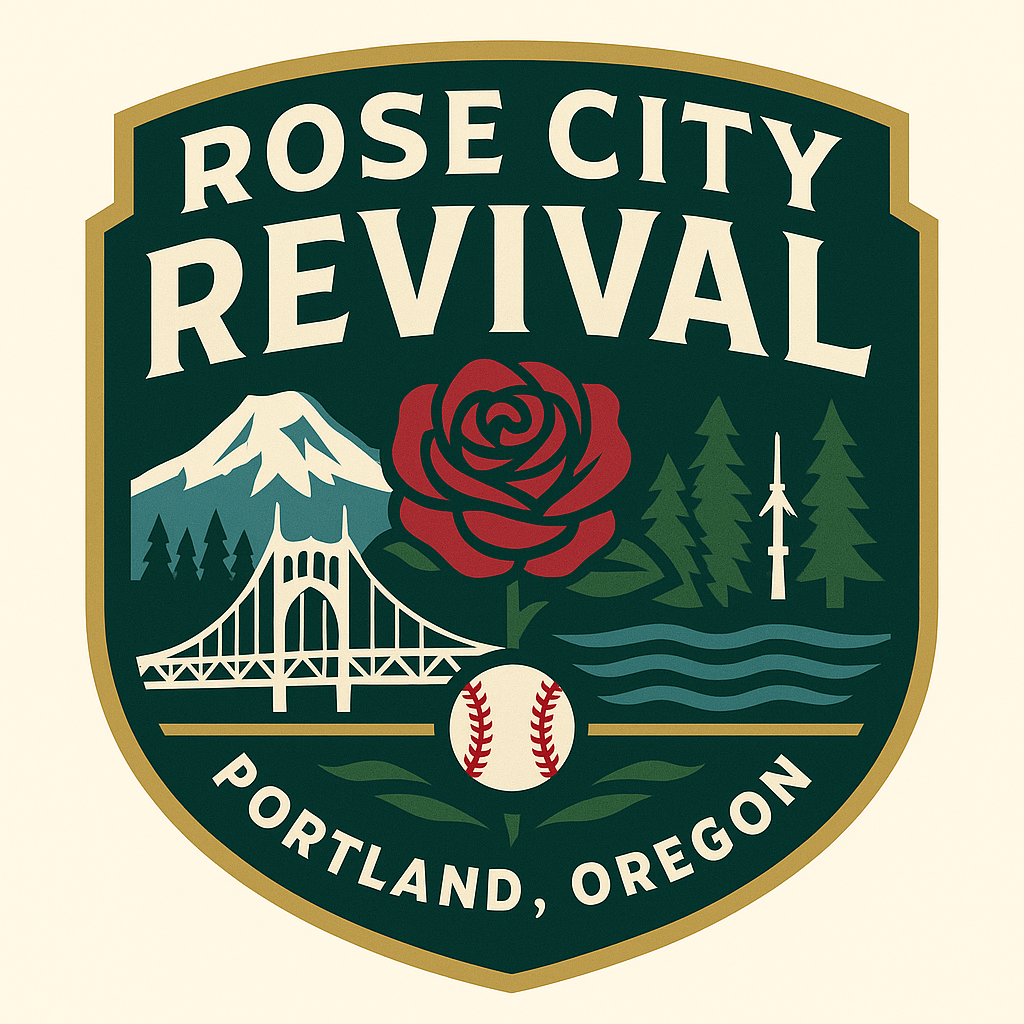
Matchup: Seattle Mariners vs. San Francisco Giants (PNW vs. West Coast titan; both have large regional footprints that bleed into Oregon)
Why it’s a good location
Downtown, MAX-accessible, and historically baseball. Portland gets a nostalgic nod without starting from zero. A perfect “is this the market?” litmus test.
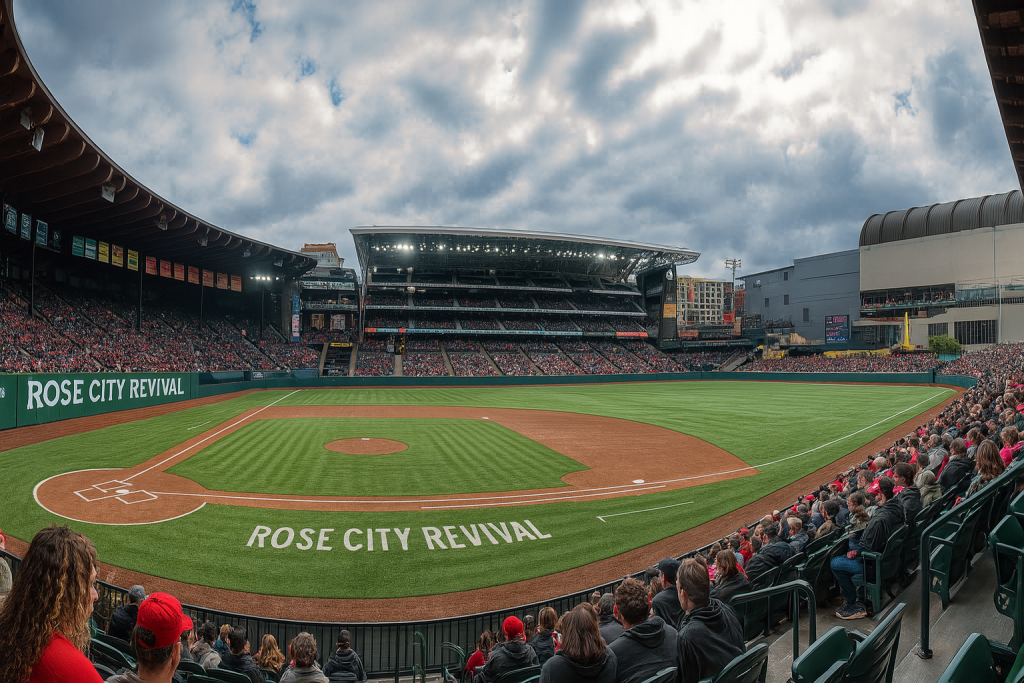
Why it’s feasible
Existing seating, concourses, broadcast-ready infrastructure. Yes, you’ll need creative temp outfield walls and MLB-spec clay cutouts, but London and the Speedway Classic prove you can retrofit non-baseball shapes.
Attendance plan
Keep it intimate at ~15k by focusing on lower-bowl sections and select premium decks.
Impact on the city
Reignites a dormant conversation with visuals and numbers. Corporate Portland gets a real look at franchise-scale hospitality, while fans experience MLB without leaving the city.
Key hurdles & mitigation
- Schedule conflicts (MLS/NWSL): Slot during road blocks or international breaks.
- Odd geometry: Custom wall kit, batter’s eye drape, and removable clay boxes for quick turnarounds.
5) Salt Lake City, UT — Smith’s Ballpark
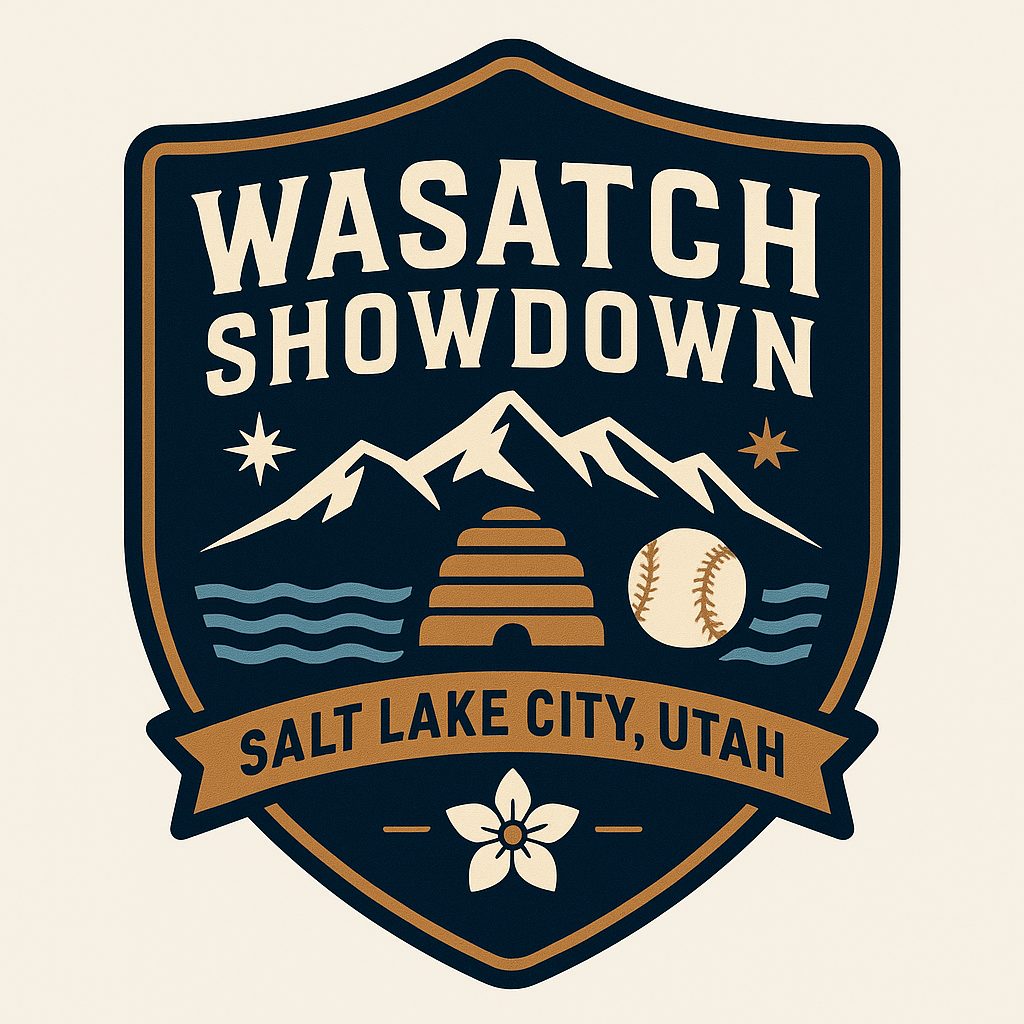
Matchup: Colorado Rockies vs. Arizona Diamondbacks (Mountain West rivalry with two closest MLB clubs)
Why it’s a good location
It’s already baseball-ready, framed by the Wasatch, and Salt Lake’s bid is one of the most organized in the expansion queue (political support, land plans, ownership interest).
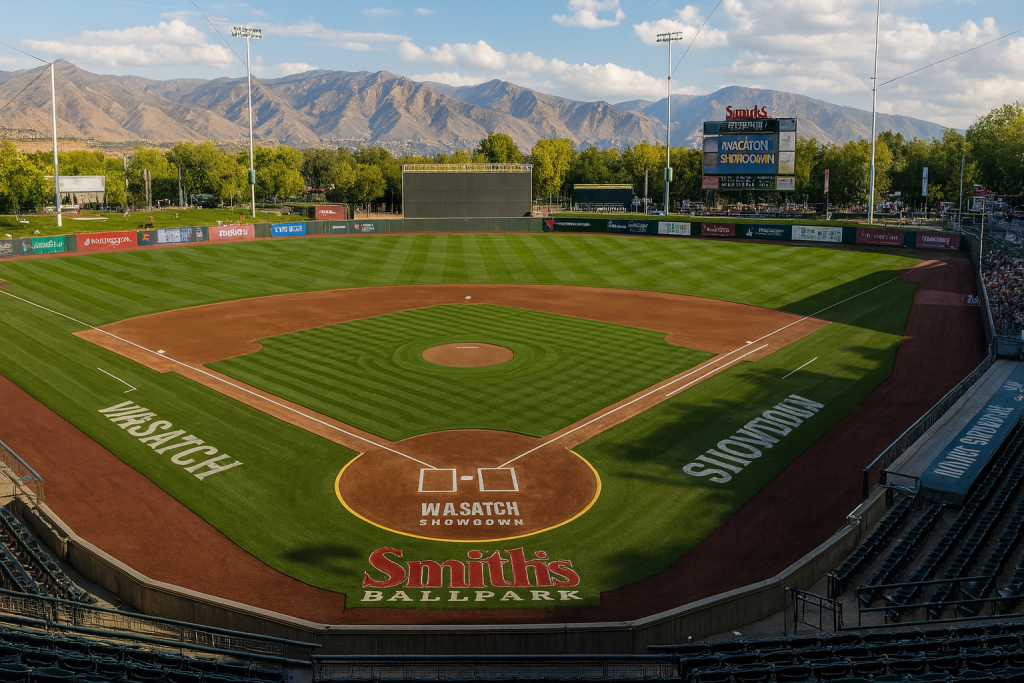
Why it’s feasible
Lighting, clubhouses, sightlines, and fan circulation are in place. The lift is bringing everything up to MLB’s temporary specs (tech stack, player facilities, broadcast toys).
Attendance plan
~14k base capacity right in target. Temporary premium decks or on-field clubs can give it the “event” feel.
Impact on the city
Turns a local Triple-A gem into a national proof-point: can SLC fill the building, grab ratings regionally, and attract the corporate cash MLB expects?
Key hurdles & mitigation
- Ballpark future/lease dynamics: Work in coordination with city/Bees to ensure the game supports, not disrupts, long-term plans.
Bottom line: A properly executed Expansion Tour turns a one-off curiosity (like the Speedway Classic) into a multi-city audition with teeth. These five stops give MLB the optics, the data, and the political leverage to decide where the sport should plant its next flag, while giving each city a night (or two) to prove it belongs on the permanent map.
